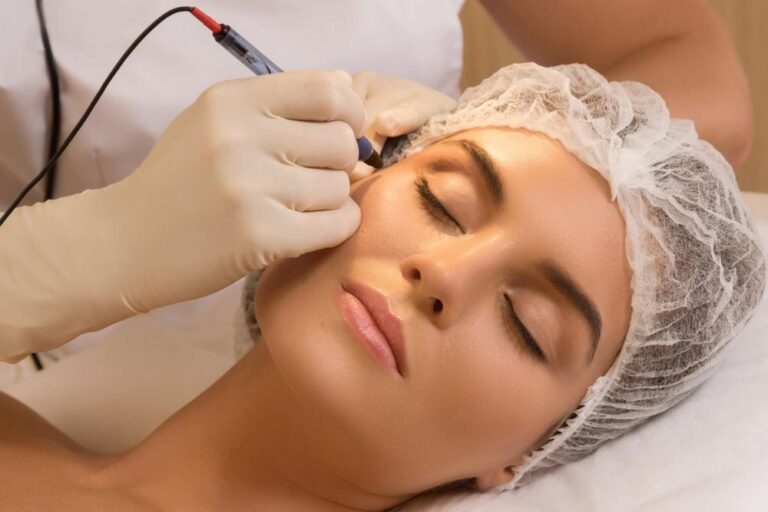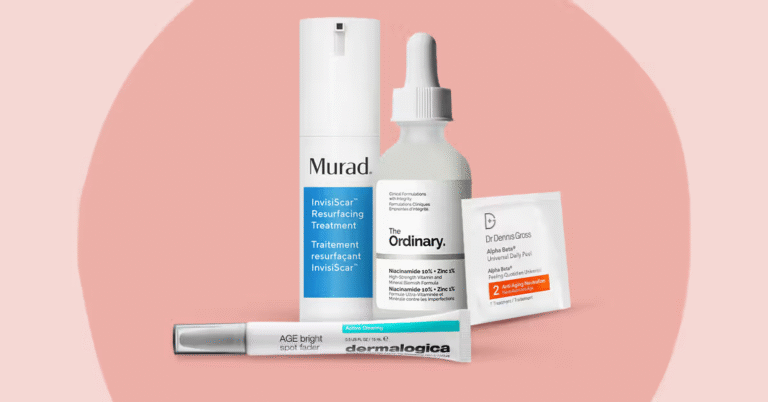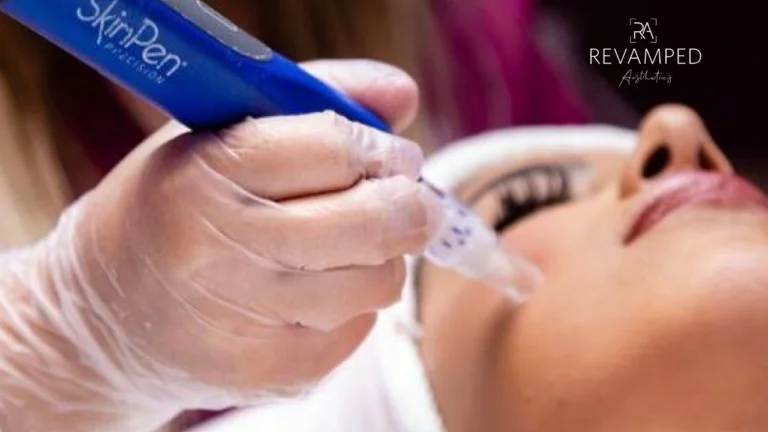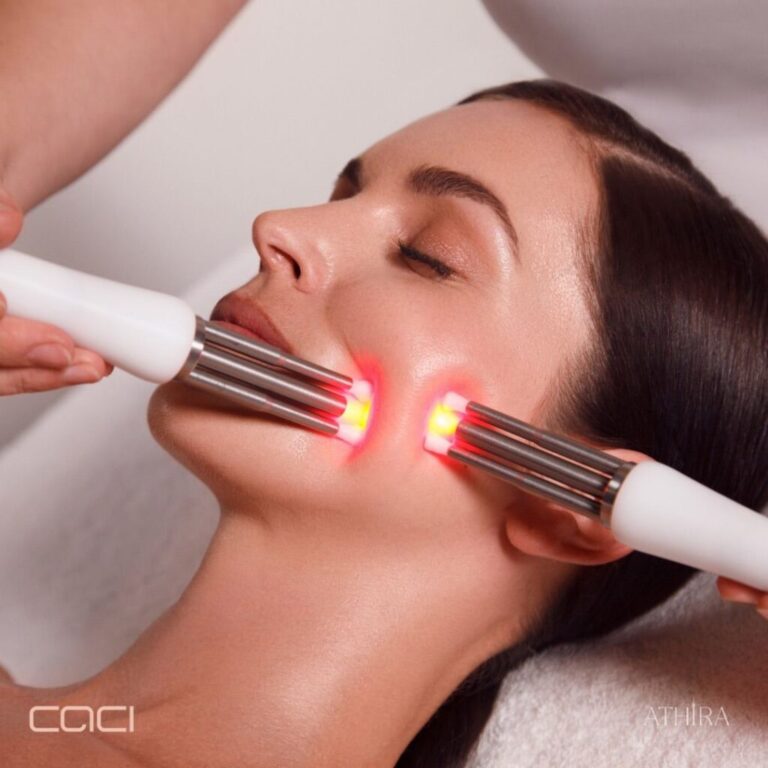How to Treat Sunburn Quickly and Effectively
Sunburn is something almost everyone experiences at some point, especially during the sunny months or after spending a day outdoors without enough protection. While a little sun can be good for you, too much exposure to ultraviolet (UV) rays from the sun can damage your skin and cause pain, redness, and discomfort. Knowing how to treat sunburn quickly and effectively can help reduce the pain, speed up healing, and prevent further skin damage.
In this article, we will explain what sunburn is, how to recognize it, and share easy, practical tips to treat sunburn fast. Plus, we’ll cover some important prevention advice and answer common questions.
What is Sunburn?
Sunburn is a type of skin injury caused by overexposure to UV rays, mainly UVB rays, from the sun or artificial sources like tanning beds. When your skin gets sunburned, it means the UV rays have damaged the outer layers of your skin, causing inflammation and pain.
Common signs of sunburn include:
- Redness and warmth on the skin
- Tenderness and pain when touched
- Swelling or slight blistering in severe cases
- Peeling or flaking skin during healing
The severity of sunburn depends on factors such as your skin type, the intensity of the sun, and the duration of exposure.
Why Treating Sunburn Quickly Matters
Leaving sunburn untreated can prolong pain and discomfort. Severe sunburn can lead to complications such as blisters, infections, dehydration, and even increase your risk of skin cancer over time. Treating sunburn quickly helps to:
- Reduce pain and inflammation
- Prevent skin peeling and blistering
- Speed up skin healing
- Protect your skin from further damage
How to Treat Sunburn Quickly and Effectively: Step-by-Step Guide
1. Get Out of the Sun Immediately
As soon as you notice sunburn symptoms, the first and most important step is to get out of the sun. Staying in direct sunlight will only make the burn worse.
Find a shady place indoors or use protective clothing to cover the affected areas.
2. Cool Down Your Skin
Cooling your sunburned skin helps reduce heat, inflammation, and pain.
- Take a cool bath or shower: Use lukewarm or cool water, not cold or ice water, as extreme cold can irritate the skin. Stay in the bath for about 10-15 minutes to soothe the burn.
- Apply cool compresses: Soak a clean cloth in cool water and gently place it on the affected skin for 10-15 minutes. Repeat as needed throughout the day.
Avoid scrubbing or rubbing your skin, as this can worsen irritation.
3. Moisturize with Aloe Vera or Gentle Lotions
Moisturizing your sunburned skin is key to preventing dryness and peeling.
- Use aloe vera gel: Aloe vera is a natural plant extract known for its soothing and healing properties. Apply pure aloe vera gel directly on the sunburned areas. It helps reduce redness and inflammation and speeds up recovery.
- Use gentle, fragrance-free lotions: If you don’t have aloe vera, choose a light, non-irritating moisturizer to keep your skin hydrated. Avoid lotions with alcohol, perfumes, or harsh chemicals as they can sting.
Reapply moisturizer several times a day to keep the skin soft.
4. Drink Plenty of Water
Sunburn can cause dehydration because your skin loses fluids as it tries to heal.
Make sure to drink plenty of water to stay hydrated. This helps your body repair damaged skin cells and supports overall recovery.
5. Take Over-the-Counter Pain Relief if Needed
If your sunburn is painful, over-the-counter painkillers like ibuprofen or acetaminophen can help reduce pain and inflammation.
Follow the instructions on the package and do not exceed the recommended dosage.
6. Avoid Further Irritation
- Wear loose, soft clothing: Tight or rough fabrics can irritate your sunburned skin. Opt for breathable cotton clothes.
- Avoid harsh soaps and hot water: These can dry out and irritate your skin.
- Stay away from tanning beds: They will only worsen your sun damage.
7. Let Your Skin Heal Naturally
Sunburned skin will usually peel after a few days. This is a natural process where your body sheds damaged skin cells.
- Do not pick or peel the skin manually, as this increases the risk of infection.
- Continue moisturizing to help the new skin underneath stay soft and hydrated.
When to See a Doctor
Most sunburns can be treated at home, but you should seek medical advice if you experience:
- Severe blistering or large blisters covering a big area
- High fever, chills, nausea, or dizziness
- Signs of infection, such as pus or increased redness
- Sunburn on sensitive areas like your face, eyes, or genitals
- Severe pain not relieved by over-the-counter medications
Preventing Sunburn in the Future
The best way to deal with sunburn is to prevent it from happening. Here are some easy prevention tips:
- Apply broad-spectrum sunscreen with SPF 30 or higher at least 15-30 minutes before going outside. Reapply every 2 hours or after swimming or sweating.
- Wear protective clothing, wide-brimmed hats, and sunglasses.
- Avoid sun exposure between 10 a.m. and 4 p.m. when UV rays are strongest.
- Seek shade whenever possible.
FAQs About Treating Sunburn Quickly and Effectively
1. Can I use ice directly on a sunburn?
No, avoid placing ice or very cold packs directly on sunburned skin because it can cause further damage. Use cool compresses or take a cool bath instead.
2. Does aloe vera really help sunburn?
Yes, aloe vera gel has natural anti-inflammatory and moisturizing properties that soothe the skin and speed up healing.
3. How long does it take for sunburn to heal?
Mild sunburn usually heals within 3 to 5 days. More severe burns may take up to two weeks or longer, especially if blisters form.
4. Can I put toothpaste or butter on sunburn?
No, these home remedies can irritate the skin and worsen the burn. Stick to recommended treatments like aloe vera or gentle moisturizers.
5. Should I pop blisters caused by sunburn?
No, never pop blisters as they protect the underlying skin and reduce infection risk. Let them heal naturally.
Conclusion
Sunburn is an uncomfortable but common problem that can be treated quickly and effectively with the right steps. The key is to cool the skin, keep it moisturized, stay hydrated, and avoid further sun exposure. With simple home care and prevention, you can relieve the pain and protect your skin from lasting damage. Always remember to protect your skin by using sunscreen and wearing protective clothing in the sun. If your sunburn is severe or causing worrying symptoms, seek medical help promptly.
Taking care of your skin after sun exposure not only helps you feel better faster but also supports your skin’s long-term health and beauty.







